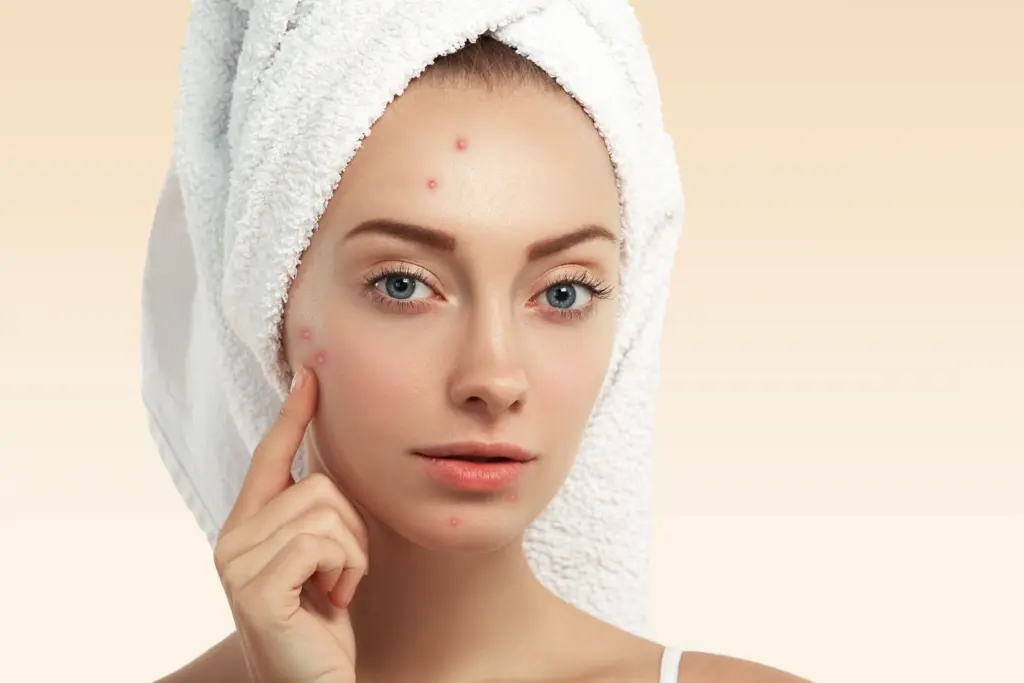Noticing white spots on your skin can feel worrying, but in most cases, they’re harmless. These patches often occur when skin proteins, dead cells, or pigmentation changes disrupt normal skin tone. While conditions like vitiligo may come to mind, there are many other possible explanations, ranging from fungal infections to vitamin deficiencies.
In this article, we’ll walk through the most common reasons why white patches appear, how doctors usually diagnose them, and the treatment options available. Remember, only a dermatologist can confirm the exact cause and suggest the best way forward.
What Exactly Are White Spots?
White spots are areas of skin that lose their natural color. This happens when melanin, the pigment responsible for skin and hair color, is reduced or absent. In severe cases, the discoloration can even affect hair or the inside of the mouth.
Although these spots are not contagious, they can feel more visible on darker skin and sometimes lead to anxiety or low self-esteem. For many people, the biggest challenge isn’t the medical impact—it’s the emotional burden of how their skin looks.
Common Causes of White Spots on the Skin
Here are some of the most frequent conditions linked to white patches, along with typical treatments:
Fungal Infections (Tinea Versicolor / Mycosis)
A common culprit is tinea versicolor, a fungal condition that creates small pale spots on the chest, back, or neck. These patches often become more obvious after sun exposure.
Treatment: Antifungal creams, shampoos, or oral medicines usually clear it up.
Eczema (Atopic Dermatitis)
In children especially, eczema can leave behind lighter patches once redness and rashes settle down.
Treatment: Keeping skin moisturized, using gentle cleansers, and applying medicated creams can help manage flare-ups.
Vitiligo
This is a long-term condition where the immune system attacks pigment cells, leading to large, well-defined white patches.
Treatment: Options include corticosteroid creams, light therapy, and in some cases, laser or depigmentation treatments. Results vary, and treatment often requires patience.
Sun Damage and Peeling
Too much sun can damage skin, leading to peeling and temporary white spots, particularly on the shoulders, arms, and chest.
Treatment: Prevention is best—regular sunscreen use, limiting tanning, and using soothing creams to repair damaged skin.
Idiopathic White Freckles (Guttate Hypomelanosis)
Often seen in people over 40, these tiny white specks usually appear on sun-exposed areas like arms and legs.
Treatment: Usually harmless, but cosmetic treatments like peels, laser therapy, or topical creams can reduce their appearance.
Pityriasis Alba
A mild skin condition, mostly in children and teens, where patches appear lighter than surrounding skin.
Treatment: Regular moisturizers, mild steroid creams, and time—most cases improve on their own.
Nutritional Deficiencies
Lack of vitamin D, calcium, or vitamin E can sometimes lead to pigment changes.
Treatment: Improving diet and taking supplements often helps restore skin health.
Nevus Depigmentosus
Some people are born with white patches (a birthmark type) that usually remain stable throughout life.
Treatment: Generally not required, though laser or topical therapies may be considered for cosmetic reasons.
When to See a Doctor
Occasional small white spots are often nothing to worry about. But if the patches spread, change in size, or come with other symptoms like itching, pain, or scaling, it’s worth booking a dermatologist appointment.
Final Thoughts
White spots on the skin can arise from many different causes—some temporary, others more persistent. The good news is that most are harmless and treatable with the right approach. Whether it’s a simple fungal infection, a bit of sun damage, or a more chronic condition like vitiligo, professional guidance can help you find the most effective treatment and ease your worries.
